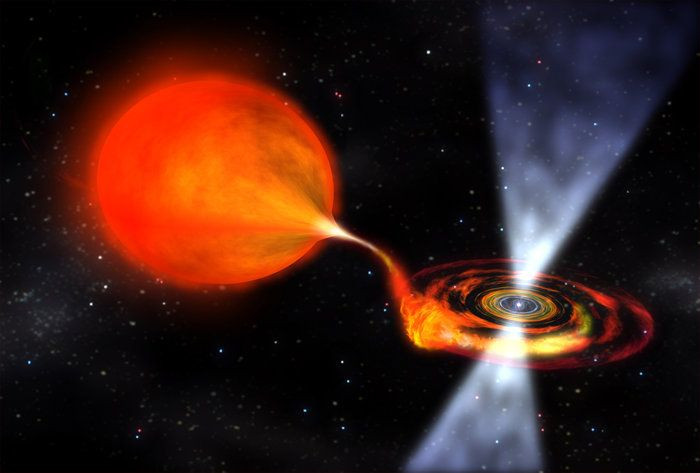Glitching Neutron Star Can Unravel How Matter Behaves In Extreme Pressures And Temperatures

Neutrons stars are among the densest objects in the universe. They are 1.4 times more massive compared with the sun albeit measuring only 12.4 miles in diameter.
These stars rotate regularly, spinning at a rate of about 43,000 times per minute. Some neutron stars, however, glitch and then speed up.
Astronomers have recently studied a neutron star famous among glitch hunters who search for these stars that rotate regularly but suddenly speed up.
The star called Vela is located about 1,000 light years away from Earth and is known to glitch about once every three years.
In the new study, Greg Ashton, a researcher at Monash University School of Physics and Astronomy, and colleagues reanalyzed observations of the Vale glitch made in 2016. They noticed that the rotating star slows down right before it glitches and then spins faster afterward.
“The slowdown preceding the glitch is unexpected; we propose the slowdown may trigger the glitch by causing a critical lag between crustal superfluid and the crust,” the researchers wrote in their study published in the journal Nature Astronomy on Aug. 12.
Based on their observations, the researchers said that the slowdown is the reason behind the glitch because it produces a lag within the internal components of the star.
Study researcher Paul Lasky, also from the Monash University School of Physics, said these internal components include a soup of superfluid neutrons in the inner layer of the crust that moves outwards and hits the rigid stellar crust causing the star to spin up.
A second soup of superfluid neutrons, however, moves into the core and catches up to the first causing the spinning star to slow down.
Researchers said that the lag that may cause the glitch occurs between the superfluid of atomic particles and the surrounding crust.
Earlier studies have predicted the process by which these rotating stars speed up and slow down. The new study marks the first time researchers made real-time observations of the star’s slow down before a glitch.
Researchers of a 2018 study published in the journal Nature cited the importance of studying the glitch.
Study researcher Jim Palfreyman,from the University of Tasmania in Australia, said that capturing the glitch could provide a wealth of information, which includes how matter behaves at extreme temperatures and pressures."
"By capturing the glitch, and the individual pulses, it helps us to better understand the 'equation of state' - which is how matter behaves in different environments,” Palfreyman said.
The information may help scientists build machines that can operate under extremely high pressures and temperatures such as fusion reactors.
© Copyright IBTimes 2024. All rights reserved.





















